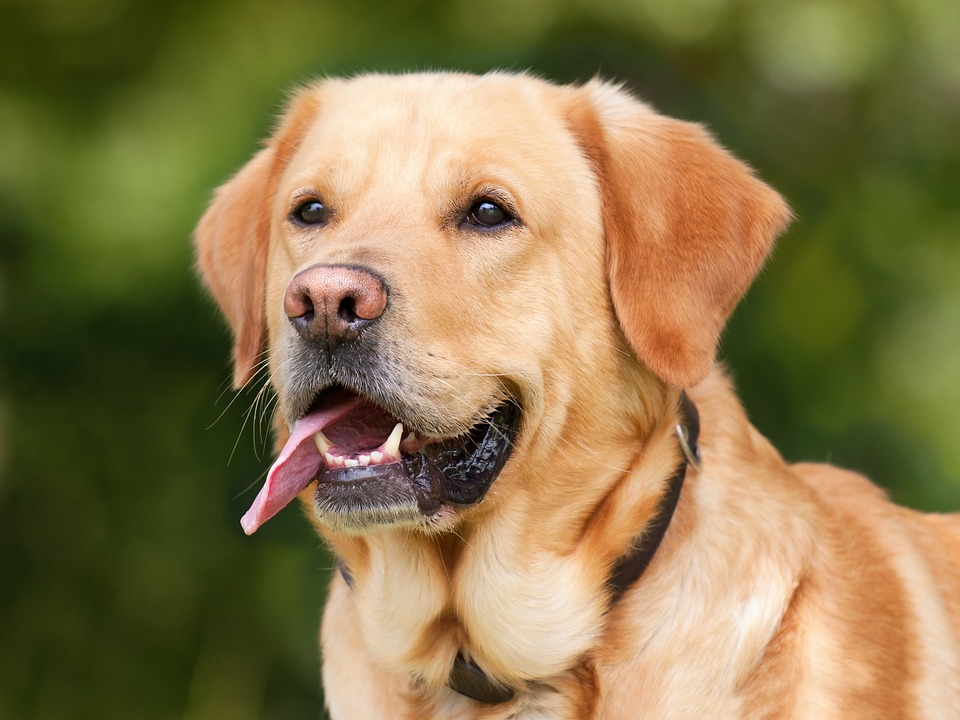Training for Polite Greeting and Not Jumping on People: Building a Well-Mannered Canine Companion
Introduction: The Importance of Polite Greetings
When it comes to dog training, one crucial aspect is teaching your furry friend how to politely greet people without jumping. Jumping on guests can be not only embarrassing but also potentially dangerous, especially when dealing with children or elderly individuals. In this article, we will explore effective training techniques to help you teach your dog proper greeting manners.
Understanding the Root Cause of Jumping Behavior
To effectively address jumping behavior, it is essential to understand why dogs engage in this action. Jumping is often a result of excitement, attention-seeking, or a lack of impulse control. Puppies may jump as a way to get closer to their owners, while older dogs might jump out of excitement when seeing someone familiar. By identifying the root cause, you can tailor your training approach accordingly.
Establishing Basic Obedience Commands
Before delving into specific training techniques, it is crucial to establish a foundation of basic obedience commands. Commands such as “sit,” “stay,” and “down” are integral to teaching your dog impulse control and providing them with an alternative behavior to jumping. These commands will serve as valuable tools during the training process.
Implementing Effective Training Techniques
Reinforce Alternative Behaviors:
– Teach your dog an alternative behavior to jumping, such as sitting or offering their paw.
– Reward your dog with treats, praise, or toys when they exhibit the desired behavior.
– Consistently reinforce and reward the alternative behavior to encourage polite greetings.
Practice Controlled Greetings:
– Enlist the help of friends or family members to practice controlled greetings.
– Ensure your dog is on a leash during these practice sessions.
– Gradually increase the difficulty level by introducing more distractions and unfamiliar faces.
– Reward your dog for maintaining calm behavior during these controlled greetings.
Ignore Unwanted Behavior:
– If your dog jumps, turn away and avoid eye contact, denying them attention.
– Once your dog settles down, calmly reward them for exhibiting calm behavior.
– Consistency is vital; all family members and visitors should follow this approach.
Consistency is Key: Maintaining Training Success
Training your dog to greet politely requires consistency and dedication. Here are a few tips to maintain training success:
– Practice regular training sessions to reinforce desired behaviors.
– Encourage friends and family members to follow the training protocols consistently.
– Avoid unintentionally reinforcing jumping behavior by not rewarding or acknowledging it.
– Continue reinforcing basic obedience commands to strengthen your dog’s impulse control.
Frequently Asked Questions (FAQs)
Q: How long will it take to train my dog to greet politely without jumping?
A: The training duration varies depending on the dog’s age, breed, and prior training. Consistent practice and reinforcement can yield visible improvements within a few weeks, while complete mastery may take several months.
Q: My dog only jumps on certain people. How can I address this selectively?
A: Training should be consistent for all individuals your dog interacts with. By following the training techniques outlined in this article, your dog will learn not to jump on anyone, regardless of familiarity.
Q: Are there any alternative training tools that can aid in teaching polite greetings?
A: While training tools like harnesses or head halters may provide added control during the training process, it is essential to focus on building a strong foundation of obedience commands and reinforcing desired behaviors consistently. Tools should never replace proper training techniques.
By following these training guidelines and remaining patient and consistent, you can transform your furry friend into a well-mannered and polite canine companion. Remember, training is an ongoing process, and with time, your dog will learn to greet guests with a wagging tail and all four paws on the ground.









